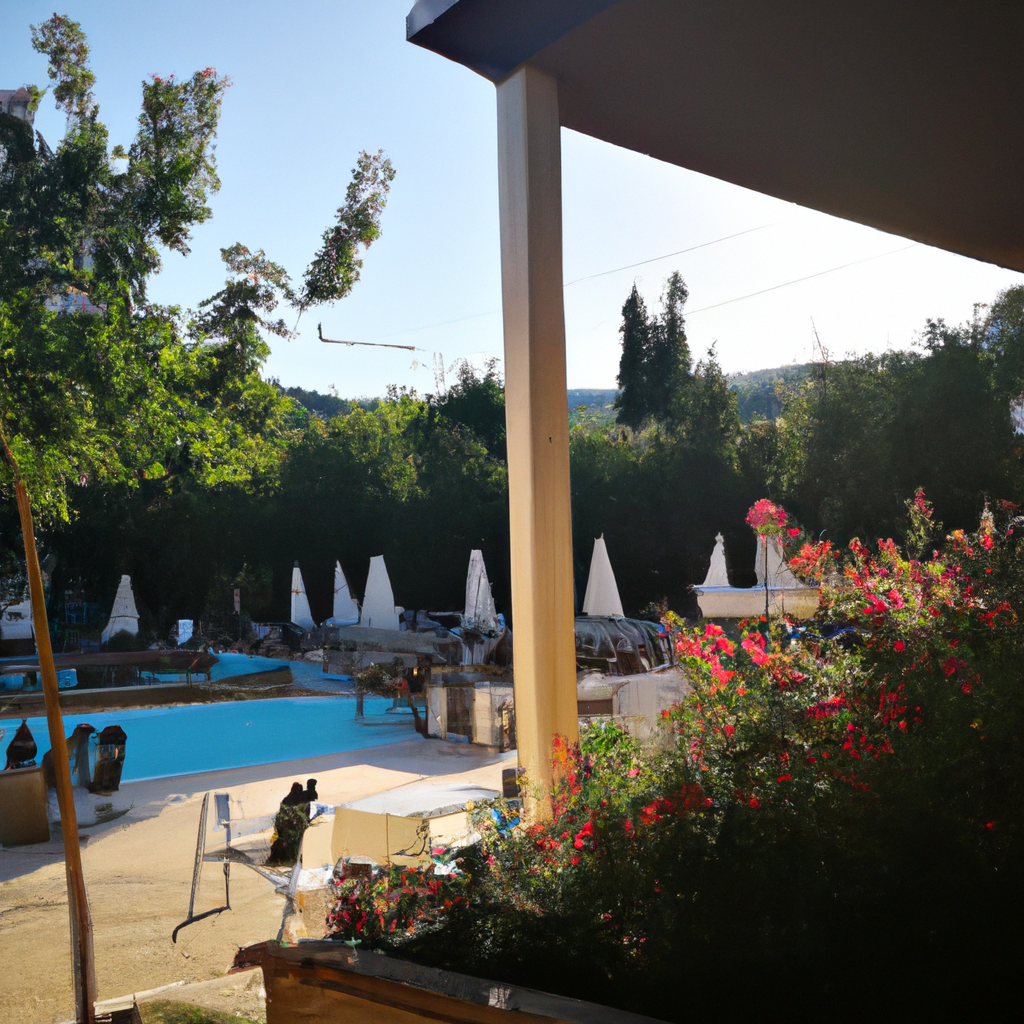
Understanding the Journey of Getting Back into the Studio After a Quiet Winter
As the season of winter fades away, many artists and creators find themselves in a unique transitional phase. Getting back into the studio after a quiet winter isn’t just about returning to work; it involves rekindling creative sparks that may have dimmed during the cold months. This process not only revitalizes artistic expression but also prepares individuals for the upcoming year of creativity and productivity.
Significance of the Studio Reentry
The importance of re-entering the studio after a winter hiatus cannot be overstated. For many artists, winter serves as a time for reflection, rest, and even creative block. As the days grow longer and warmer, the urge to create often intensifies. This reentry is crucial for several reasons:
- Revitalization of Creativity: The new season brings fresh ideas and inspirations, which can lead to innovative works.
- Physical and Mental Preparation: Spending time in the studio helps artists develop a routine that enhances both their mental and emotional well-being.
- Community Engagement: Rejoining the creative community fosters collaboration and networking opportunities.
Historical Perspective on Seasonal Creativity
Throughout history, artists have been influenced by the changing seasons. Many cultures celebrate the arrival of spring as a time of rebirth and renewal. For instance, the Renaissance period saw artists like Botticelli and Michelangelo producing some of their most iconic works as the seasons shifted. This historical backdrop serves as a reminder that seasonal transitions have always played a significant role in the creative process.
Key Features of the Studio Reentry Process
Getting back into the studio involves several key aspects that artists should consider. These elements help ensure a smooth transition and can enhance the overall creative experience:
- Setting Goals: It’s essential to outline what you want to achieve during this period. Whether it’s completing a project or exploring new techniques, having clear objectives can guide your workflow.
- Creating a Comfortable Environment: The studio space should be inviting and conducive to creativity. This may involve decluttering, reorganizing, or even redecorating.
- Establishing a Routine: Developing a consistent schedule can help in maintaining focus and productivity. Whether it’s dedicating specific hours to work or setting aside time for breaks, structure is key.
- Exploring New Mediums: The transition period is an excellent opportunity to experiment with different materials or techniques. This exploration can lead to unexpected outcomes and creative breakthroughs.
Applications of Creative Practices Post-Winter
After a quiet winter, the re-engagement with creative practices can take various forms. Artists might find that they are drawn to specific projects or collaborations that resonate with their experiences during the winter months. Here are a few applications:
- Collaborative Projects: Teaming up with fellow artists or engaging in workshops can provide fresh perspectives and ideas.
- Community Art Initiatives: Participating in local art shows or exhibitions allows artists to showcase their work and connect with the community.
- Personal Projects: Many artists use this time to focus on personal projects that reflect their personal growth and experiences over the winter.
Real-Life Examples of Studio Reentry
Several artists have shared their experiences of getting back into the studio after a quiet winter. These stories illustrate the diverse paths that creativity can take:
- Case Study 1: Artist Jane Doe, after a winter spent in reflection, returned to her studio to create a series inspired by nature. Her work not only reflects the vibrancy of spring but also incorporates elements from her winter introspection.
- Case Study 2: John Smith, a musician, decided to collaborate with other musicians after months of solitary writing. The result was an album that combined various genres, showcasing a rich tapestry of sound that resonated with audiences.
Looking Ahead: The Future of Creative Endeavors
The journey of getting back into the studio after a quiet winter is not merely a return; it’s an evolution. Artists must embrace this transition as an opportunity to grow and innovate. As the year unfolds, the prospects for creativity are endless. By participating in local art events, collaborating with others, and continuing to push personal boundaries, artists can enrich their practices and impact their communities.
As you embark on your own journey back into the studio, consider sharing your experiences and insights with others. The creative community thrives on shared stories and mutual support, so don’t hesitate to engage with fellow artists and inspire each other on this creative path.


